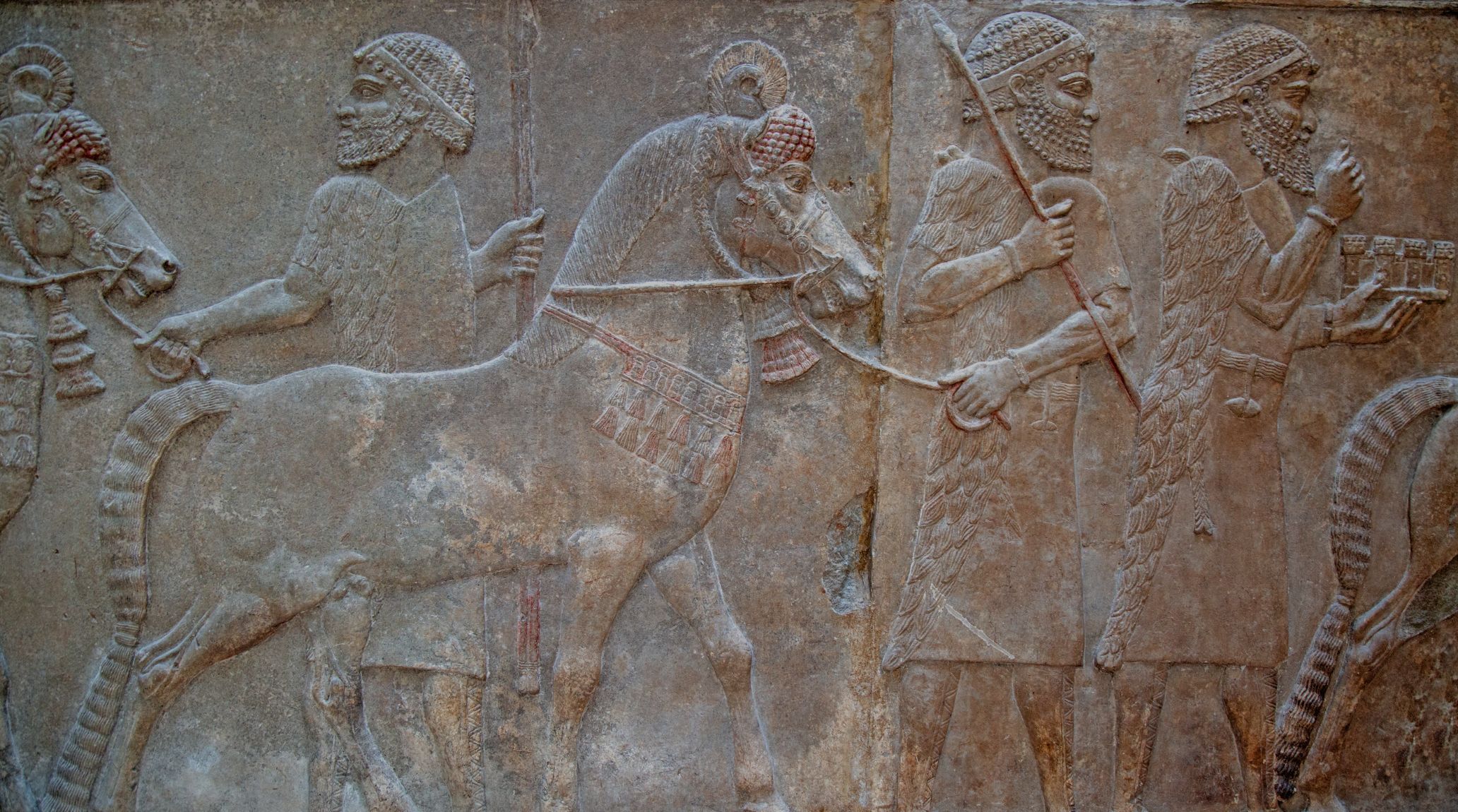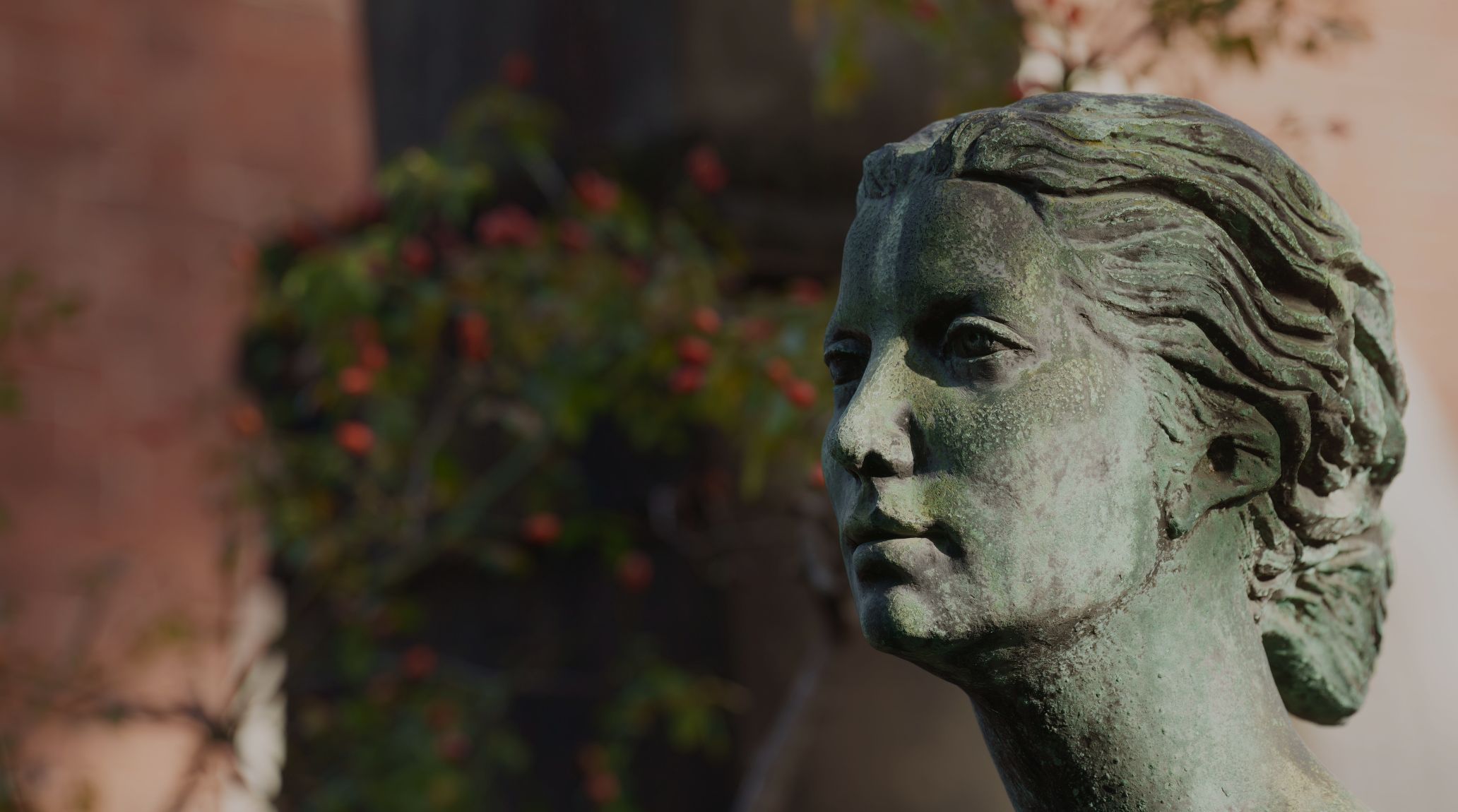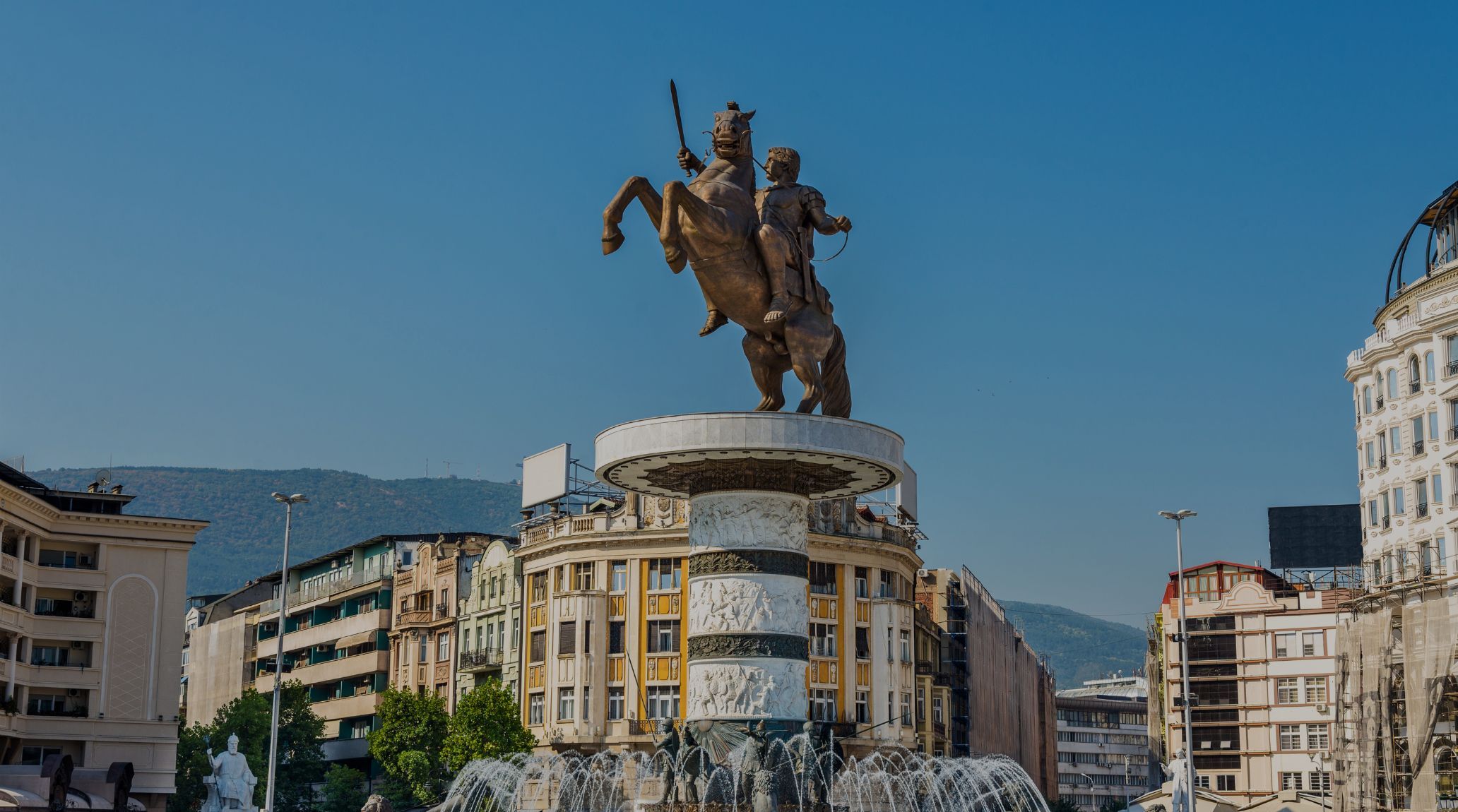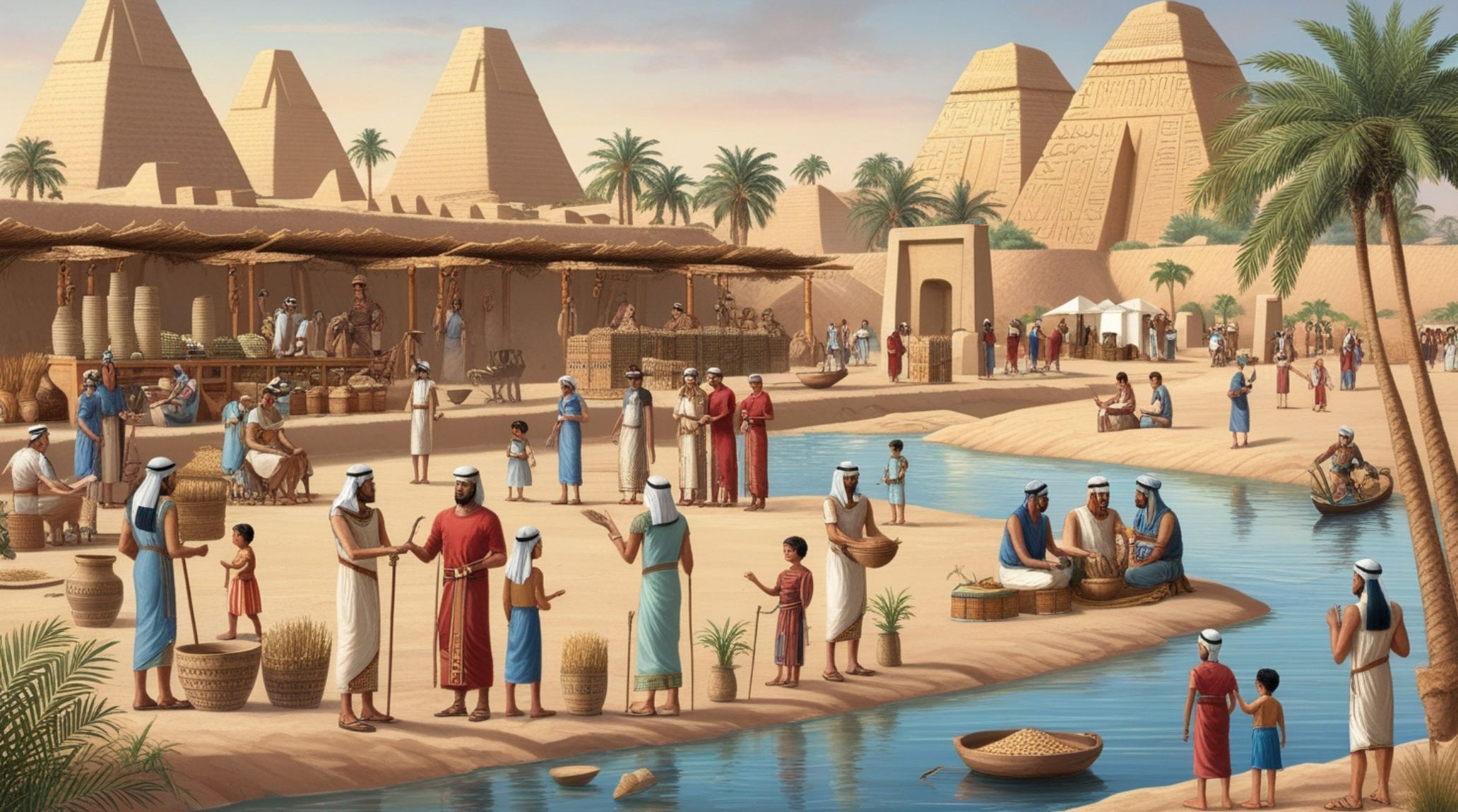
“
Understanding the Facts About Daily Life in Ancient Mesopotamia provides a vivid glimpse into one of the world's earliest civilizations. Social hierarchy and religious practices played crucial roles in shaping their lives, from the grand temples they built to the detailed records they kept. This blog explores 20 engaging Facts About Daily Life in Ancient Mesopotamia.1
1
”
Ancient Mesopotamia was composed of city-states like Ur, Uruk, and Babylon. Each city-state functioned as an independent political entity with its own government, religion, and ruler, often a king who was believed to be chosen by the gods.1
Mesopotamians developed one of the world's earliest writing systems, cuneiform, around 3400 BCE. This wedge-shaped script was used for record-keeping, laws, literature, and communication, and it significantly influenced later civilizations.2
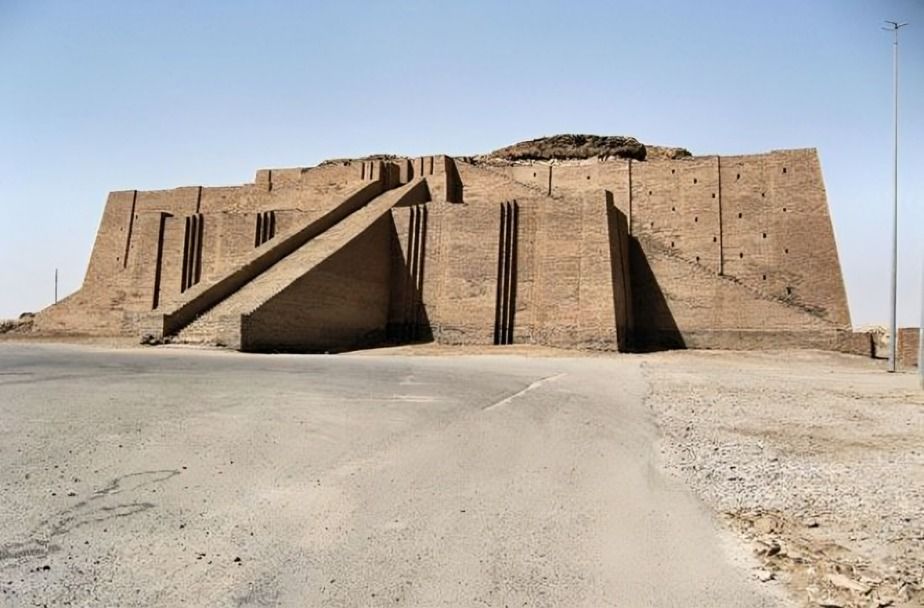
Ziggurats were massive temple complexes that served as religious and administrative centers in Mesopotamian cities. These stepped structures were dedicated to the gods and were considered the dwelling places of the divine.
In Mesopotamia, homes were furnished much like today, with chairs, tables, and beds. Wealthy families had carved wooden beds with rope frames, wool-filled mattresses, and linen sheets, while the poor slept on woven mats. Families dined together at tables.3
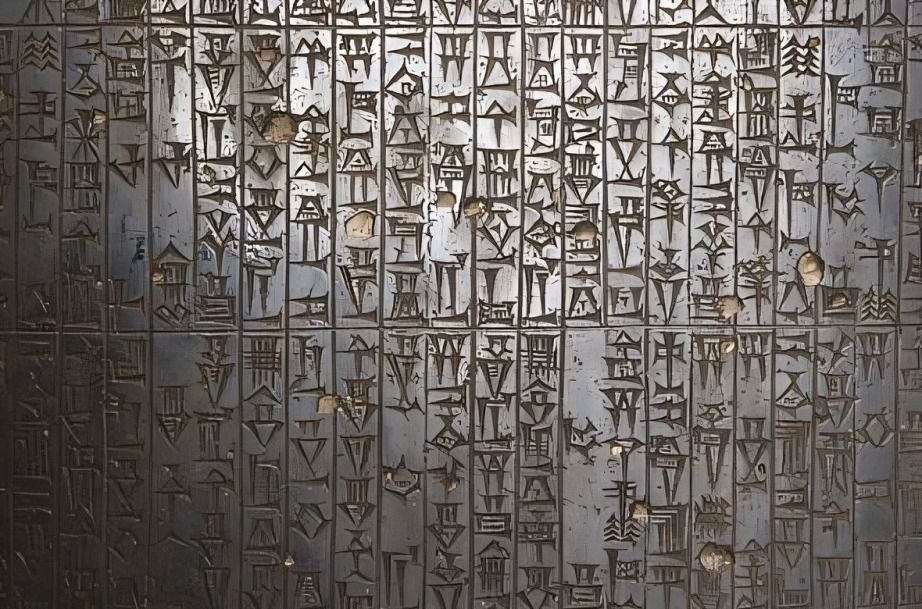
The Code of Hammurabi, one of the oldest known legal codes, was created in Babylon around 1754 BCE. It established laws governing daily life, trade, marriage, and crime, with a focus on justice and retribution.
Mesopotamian society was highly stratified, with a clear hierarchy. At the top were the king and nobility, followed by priests, merchants, and artisans. Below them were farmers and laborers, with slaves occupying the lowest social rung. 4
Education was reserved for the elite, particularly scribes, who were trained in reading, writing, and mathematics. Scribes played a crucial role in maintaining records, drafting legal documents, and preserving literary works.5
Mesopotamia was a hub of trade due to its location between the Tigris and Euphrates rivers. Merchants traded goods like grain, textiles, and precious metals with neighboring regions, making the area a center of economic activity.6
Mesopotamian society relied heavily on agriculture, with irrigation systems allowing for the cultivation of crops like barley, wheat, and dates. The fertile land along the rivers supported large populations and enabled the growth of cities.7
Religious festivals were an integral part of Mesopotamian life, with elaborate ceremonies honoring the gods. These events included processions, offerings, and rituals meant to secure the favor of the gods and ensure prosperity.8
Marriages in Mesopotamia were often arranged, with contracts detailing the rights and responsibilities of both parties. The family unit was patriarchal, with the father as the head, but women held certain legal rights, such as property ownership.9
Mesopotamians wore garments made from wool and flax. Men typically wore skirts or kilts, while women donned long robes. Clothing was often elaborately decorated with fringes and embroidery, indicating social status and wealth.10
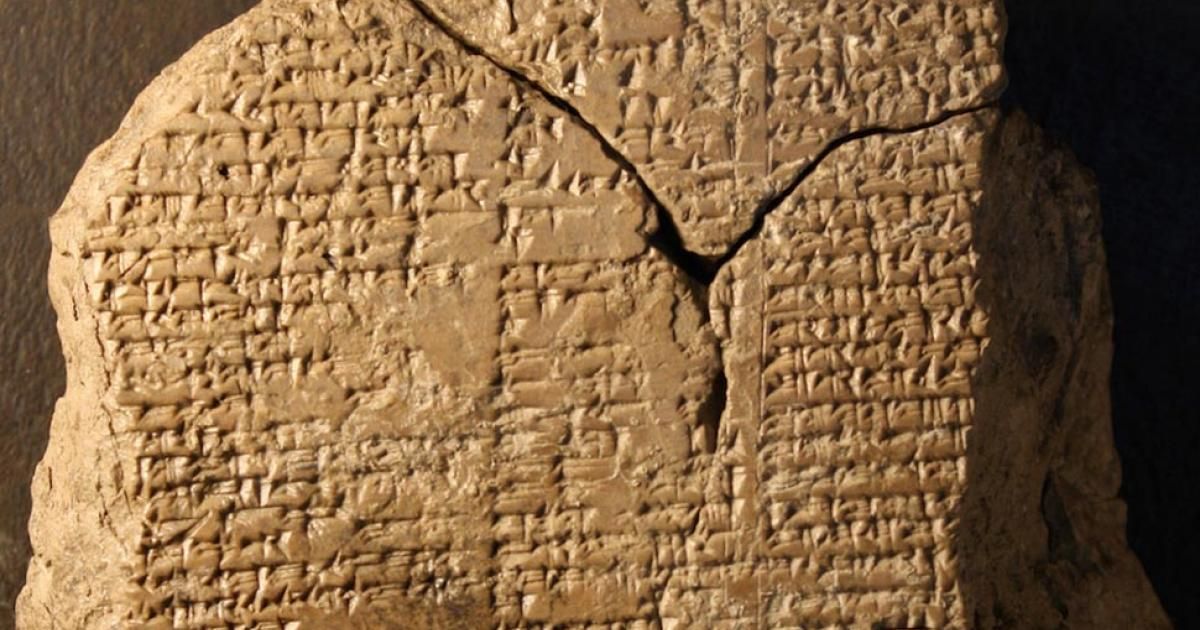
The "Epic of Gilgamesh," one of the oldest known literary works, originated in Mesopotamia. This epic poem tells the story of King Gilgamesh's quest for immortality and reflects the values and beliefs of Mesopotamian society.
Law and order were maintained through strict legal codes like the Code of Ur-Nammu, which predates the Code of Hammurabi. These laws outlined punishments for various crimes, emphasizing retribution and social stability.11
Mesopotamians practiced early medicine with a blend of magical rituals and herbal remedies. Physicians, or asu, used incantations, surgery, and medicinal plants, often recording their methods on clay tablets.12
The Mesopotamians made significant contributions to astronomy and astrology, observing the stars and planets to predict events and divine the will of the gods. They developed a lunar calendar and made early records of celestial phenomena.13
Music was central to Mesopotamian culture, featuring lyres, flutes, harps, and drums in ceremonies and gatherings. Popular pastimes included dancing, storytelling, and playing board games like the Royal Game of Ur.14
Mesopotamians used mud bricks as the primary building material for their cities. These bricks, made from the region's abundant clay, were sun-dried or baked and used to construct everything from homes to ziggurats.15
Effective water management was crucial for Mesopotamian agriculture and daily life. They built extensive irrigation canals and dikes to control the flow of the Tigris and Euphrates rivers, ensuring a reliable water supply for crops and drinking.16
Mesopotamian cities were well-planned, with streets laid out in grids and public spaces like marketplaces and temples. The cities were often surrounded by walls for protection, with gates serving as entry points and centers of trade.17
